Social media marketing is a powerful tool for building brand awareness, driving engagement, and increasing sales through online communities. However, for beginners, the landscape can seem daunting. This guide will break down the essential steps to get started effectively.
[ez-toc] 
1. Understanding Social Media Platforms
Each social media platform serves a different purpose and attracts a specific type of audience. Here’s a quick overview:
- Facebook: Best for reaching a broad audience with diverse demographics. Ideal for community building and targeted advertising.
- Instagram: Visual storytelling through photos, videos, and Reels. Great for brands with visually appealing products or services.
- LinkedIn: Professional networking and B2B marketing. Focuses on educational content, industry insights, and professional connections.
- TikTok: Short-form, highly engaging videos targeting a younger demographic. Ideal for viral content and quick, impactful messaging.
- YouTube: Long-form video content like tutorials, product reviews, and educational series. Excellent for establishing expertise.
- Twitter/X: Quick updates, trending topics, and customer service interactions. Best for real-time communication and industry news.
2. Defining Your Target Audience
Before creating content, identify your target audience. Consider:
- Demographics: Age, gender, location, occupation, income level
- Interests and Preferences: Hobbies, favorite platforms, content preferences
- Pain Points and Needs: What problems can your content solve?
- Engagement Habits: Preferred content format (videos, images, articles) and best times for engagement
3. Setting Clear Goals
Your social media marketing goals should align with overall business objectives. Common goals include:
- Brand Awareness: Increase follower count, website visits, or brand mentions
- Engagement: Boost likes, comments, shares, and direct messages
- Lead Generation: Drive traffic to a landing page, capture emails, or promote products
- Sales and Conversions: Encourage purchases or sign-ups through targeted campaigns
4. Creating Engaging Content
Content is the heart of social media marketing. Focus on:
- Visual Content: High-quality images, infographics, videos, and carousels
- Educational Content: Tutorials, how-tos, industry tips, and explainer videos
- User-Generated Content: Share customer testimonials, reviews, and user stories
- Interactive Content: Polls, quizzes, live Q&A sessions, and contests
5. Consistent Posting Strategy
Develop a content calendar to stay consistent. Consider:
- Frequency: How often will you post on each platform?
- Timing: When is your audience most active?
- Content Mix: Balance promotional, educational, and entertaining content
6. Analyzing and Adjusting
Regularly track performance using social media analytics tools. Key metrics include:
- Reach and Impressions: Number of people seeing your content
- Engagement Rate: Likes, comments, shares, and click-through rates
- Conversion Rate: Number of users taking the desired action (e.g., signing up for a webinar)
- Audience Insights: Demographics, behavior, and content preferences
-
Leverage High User Base Platforms:
- Focus on platforms with over a billion users like Facebook, YouTube, WhatsApp, Instagram, and TikTok for maximum reach and engagement.
- Create educational, relatable, and shareable content to tap into these massive user bases.
-
Target Niche Platforms for Specific Audiences:
- LinkedIn (930M) – Share professional insights, educational content, and case studies to attract a business-focused audience.
- Quora (400M) – Answer questions relevant to your expertise, linking back to your website for more in-depth content.
-
Visual and Video Content Dominance:
- Utilize visual-centric platforms like Instagram, TikTok, and Snapchat to create short, engaging video content.
- YouTube (2.5B) – Develop longer, value-driven content such as tutorials, webinars, and explainer videos to drive traffic to your website.
-
Utilize Emerging Platforms:
- Threads (300M) is relatively new and growing. Start early to establish authority and brand presence.
- Douyin (755M) – Consider localized content or repurposing TikTok content to reach a different audience base.
-
Community Building and Engagement:
- Reddit (500M) – Engage in relevant subreddits to build authority and drive targeted traffic.
- Discord (200M) – Create a community server to foster deeper connections and provide ongoing value.
-
Cross-Promotion and Repurposing:
- Repurpose high-performing content across multiple platforms (e.g., YouTube videos as TikTok/Instagram Reels, LinkedIn articles as Quora answers).
-
Optimize for Mobile and Quick Consumption:
- Given the dominance of mobile-first platforms like TikTok, Snapchat, and WeChat, ensure content is concise, visually appealing, and optimized for mobile viewing.
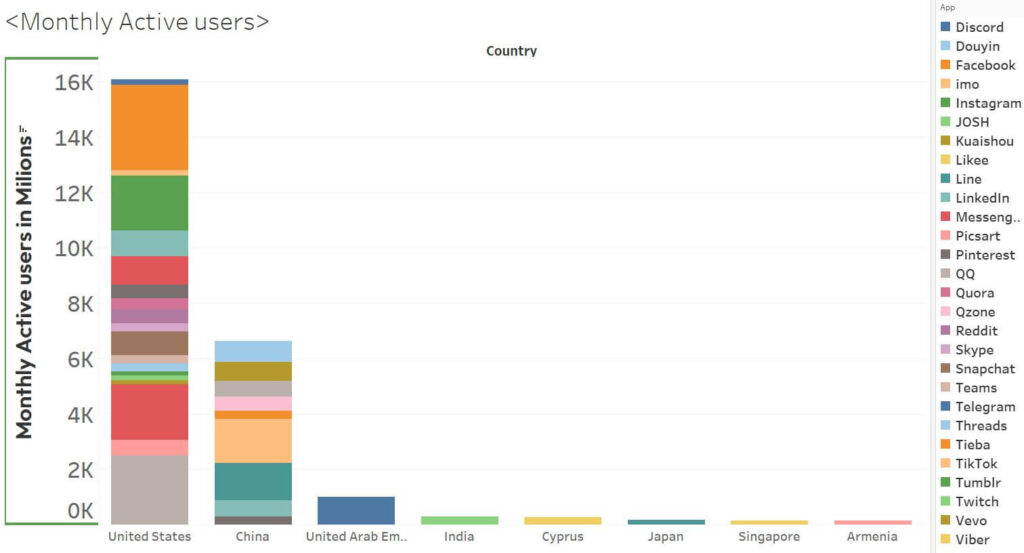


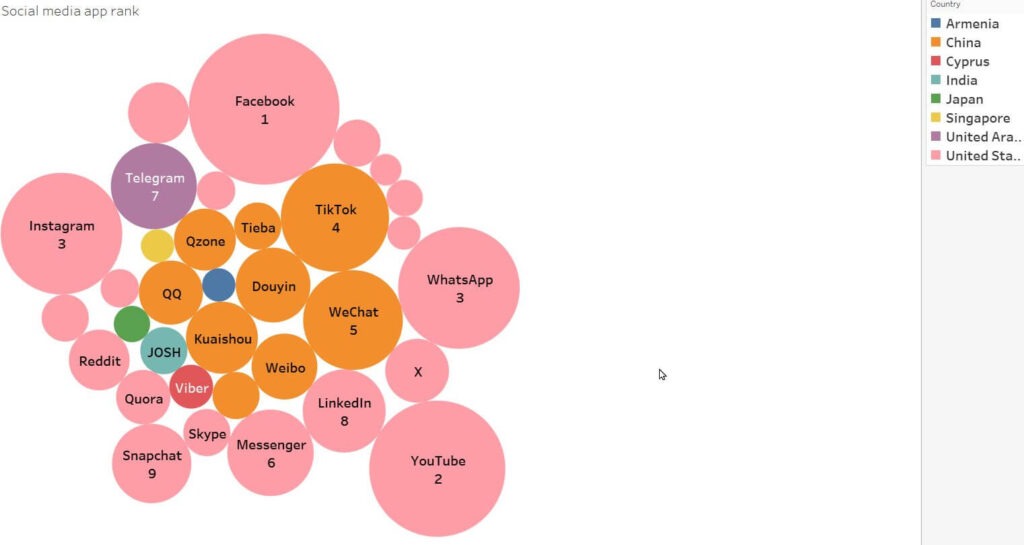

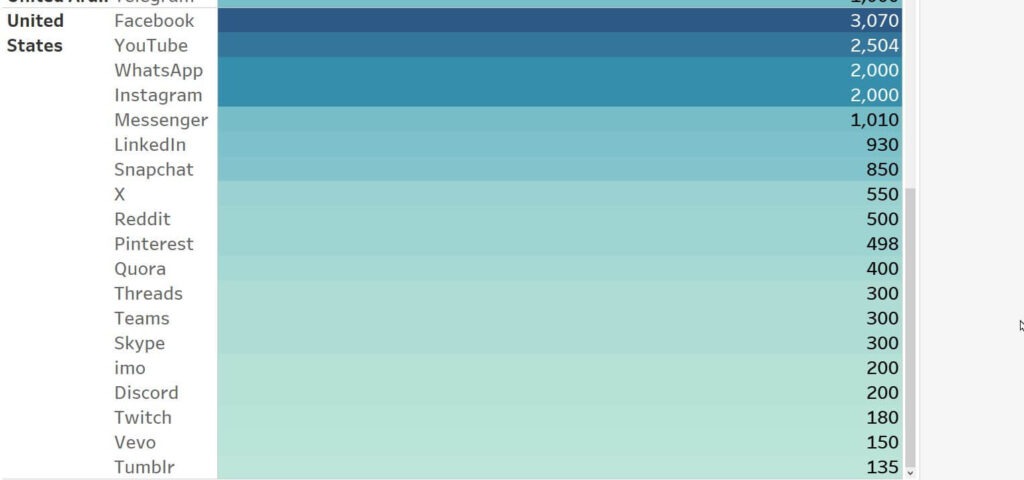
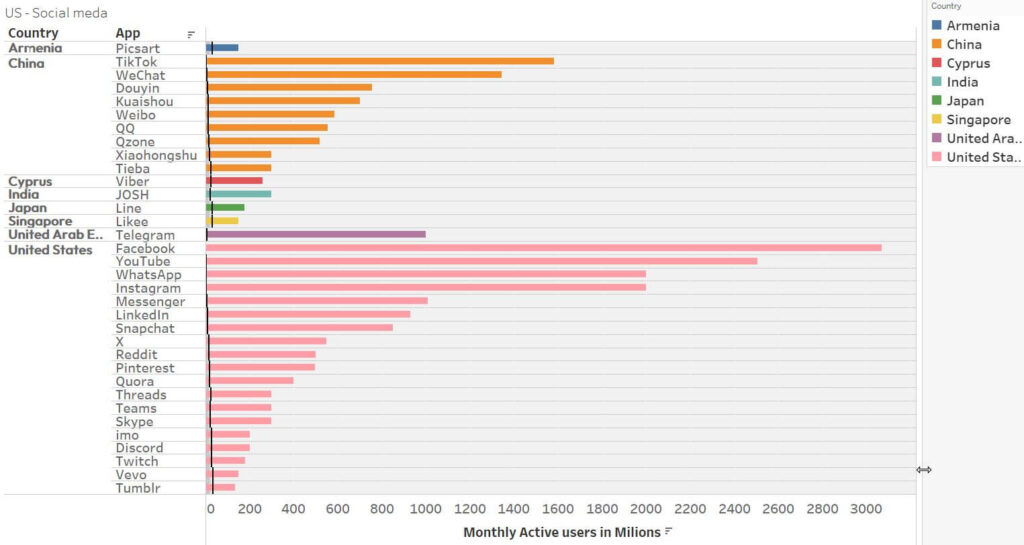
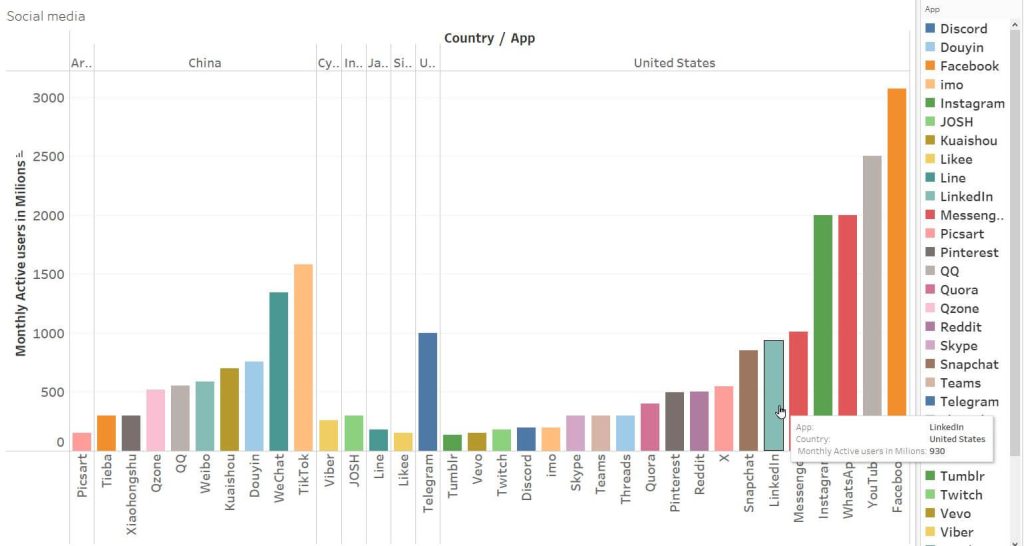
Based on these trends, here are some actionable strategies to grow your audience using social media:
-
Short-Form Video Dominance:
- Focus on creating engaging, educational, and visually appealing content for TikTok, Instagram Reels, YouTube Shorts, and Facebook Reels.
- Use a mix of trending audio, quick tips, and behind-the-scenes content to keep your audience engaged.
- Incorporate storytelling to connect emotionally with viewers and encourage shares.
-
AI-Generated Content:
- Leverage AI tools to produce quick, high-quality content (e.g., automated captions, blog summaries, video scripts).
- Use AI for personalized email marketing campaigns based on user behavior and interests.
- Integrate chatbots for quick responses to audience queries on platforms like Messenger, Telegram, and WhatsApp.
-
Social Commerce:
- Showcase digital courses, live sessions, and mini products directly on Instagram, TikTok, and Facebook Shops.
- Use LinkedIn to promote 1:1 strategy calls, targeting professionals and entrepreneurs.
- Highlight customer testimonials and success stories to drive credibility and conversions.
-
Increased AI Integration:
- Utilize AI for content recommendations based on audience interaction (e.g., suggesting related blog posts after a video).
- Implement AI-driven analytics to identify the best-performing content and optimize future strategies.
- Use predictive analytics to determine the best times to post content for maximum reach.
-
Rise of Influencer Marketing:
- Partner with micro-influencers who align with your educational and business-focused brand.
- Collaborate on educational series or course previews to generate interest and drive traffic.
- Offer affiliate incentives for influencers to promote your courses or 1:1 sessions.
-
Emphasis on Authenticity:
- Share your “Build in Public” journey-be transparent about successes, failures, and lessons learned.
- Create content that highlights behind-the-scenes processes, product development, and personal reflections.
- Engage directly with your audience through live Q&A sessions and polls to foster deeper connections.
-
Data-Driven Strategies:
- Regularly analyze content performance across platforms to identify what resonates with your audience.
- Use insights to refine content formats (e.g., video length, visual style, topics).
- Develop a content calendar that aligns with audience behavior patterns, focusing on high-traffic periods.
-
Platform-Specific Optimization:
- On LinkedIn, focus on long-form educational content, industry insights, and course promotions.
- For YouTube, produce longer, detailed tutorials, webinars, and case studies.
- On Instagram and TikTok, leverage quick, attention-grabbing videos that showcase value in under 60 seconds.




| Trend | Strategy | Platform Focus |
|---|---|---|
| Short-Form Video | Create educational, engaging content using trending audio and storytelling. | TikTok, Instagram Reels, YouTube Shorts, Facebook Reels |
| Use quick tips, behind-the-scenes, and relatable content. | ||
| AI-Generated Content | Leverage AI for captions, video scripts, and email marketing. | Messenger, Telegram, WhatsApp |
| Integrate chatbots for rapid responses to audience queries. | ||
| Social Commerce | Showcase digital products and services via shopping features. | Instagram, TikTok, Facebook Shops, LinkedIn |
| Highlight customer testimonials and success stories. | ||
| AI Integration | Use AI for content recommendations and predictive analytics. | YouTube, LinkedIn, TikTok, Facebook |
| Implement AI-driven analytics for optimal posting times. | ||
| Influencer Marketing | Partner with micro-influencers for educational content and product promotion. | Instagram, TikTok, LinkedIn |
| Offer affiliate incentives to drive traffic to digital products. | ||
| Authenticity | Share transparent, behind-the-scenes content on product development. | LinkedIn, Instagram, YouTube |
| Conduct live Q&A sessions to foster direct audience engagement. | ||
| Data-Driven Strategies | Analyze content performance to refine content formats and timing. | All platforms |
| Develop a content calendar based on peak audience activity. | ||
| Platform Optimization | Focus on educational content and industry insights for professionals. | |
| Create longer, detailed videos for in-depth tutorials and webinars. | YouTube | |
| Use short, eye-catching videos with value-driven content for rapid consumption. | TikTok, Instagram |
Here’s a comprehensive approach to analyzing marketing performance data and identifying optimization opportunities across websites and social media channels:
- Define Key Performance Indicators (KPIs)Before diving into data analysis, clearly define the KPIs based on your goals:Website KPIs: Conversion rate, bounce rate, average session duration, click-through rate (CTR).Social Media KPIs: Engagement rate (likes, comments, shares), follower growth, impressions, reach.Sales KPIs: Lead generation, customer acquisition cost (CAC), return on ad spend (ROAS).
- Data Collection MethodsWebsite Data: Use tools like Google Analytics to track user behavior, traffic sources, and conversion paths.Social Media Data: Use native analytics (like Facebook Insights, Twitter Analytics) and social media management tools (e.g., Hootsuite, Buffer).Campaign Data: Use UTM parameters to track the effectiveness of specific marketing campaigns.
- Analyze Marketing PerformanceWebsite Performance:Traffic Sources: Analyze where your visitors are coming from (organic, direct, referral, social, paid).User Behavior: Track user flow to understand how they navigate the site. Identify high-exit pages.Conversion Funnel: Check where potential customers drop off in the sales funnel.A/B Testing: Test different landing page designs, CTAs, or content formats to see what drives better engagement.
- Social Media Performance: Engagement Analysis: Identify posts with the highest engagement and analyze the content type and format.
- Follower Growth: Track how your audience size changes over time and identify any correlating factors.
- Content Type Effectiveness: Compare the performance of videos, images, and text posts.
- Social Listening: Monitor brand mentions and sentiment analysis to gauge public perception.
- Conduct Testing and OptimizationsA/B Testing on Websites:Landing Pages: Test variations in headlines, images, forms, and CTAs.Page Speed Optimization: Improve load times to reduce bounce rates.Personalization: Use dynamic content to target returning visitors differently from first-time users.Social Media Testing:Content Variations: Experiment with different content formats (videos, stories, carousels) and posting times.Ad Optimization: Run split tests on ad creatives, targeting options, and copy.Call-to-Action (CTA) Testing: Test variations like “Learn More” vs. “Shop Now” to see what resonates.
- Track and Measure ResultsWebsite Metrics: Use Google Data Studio for real-time performance dashboards.Social Media Metrics: Track metrics from each platform and aggregate data using a tool like Sprout Social.Campaign Performance: Monitor the impact of optimizations on key metrics, such as CTR and conversion rates.
- Identifying Optimization OpportunitiesGap Analysis: Identify where engagement or conversion rates are below industry benchmarks.Trend Spotting: Notice trends in data, such as declining engagement, and investigate root causes.Audience Segmentation: Break down data by demographics, location, and device to spot segments with lower engagement.Competitor Benchmarking: Compare your metrics with competitors to identify potential improvement areas.
- Continuous Improvement:Regularly update your strategy based on insights from testing.Implement feedback loops where learnings from one channel (e.g., social media) inform optimizations on another (e.g., website).Document successful strategies and replicate them across different campaigns.
For beginners, social media marketing can be a game-changer when executed strategically. By understanding platforms, defining a target audience, setting clear goals, and consistently delivering valuable content, brands can effectively leverage social media to connect with potential customers and drive business growth.
